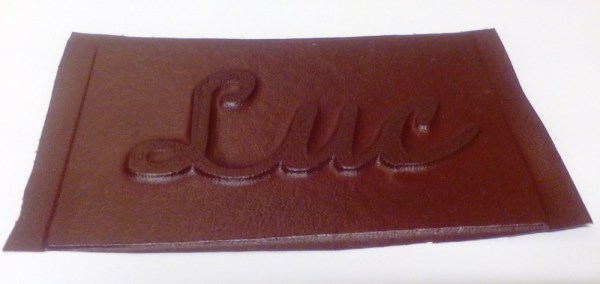For those in the audience who aren’t well versed in wrangling dead trees, a large press with a lot of clamping pressure can be used for binding books or printing. It can even be used to squeeze the water out of homemade paper. It’s an important tool for anyone looking to make or repair books, but they also tend to be fairly expensive. Which is why [Paul] decided to make his own.
Despite the preconceived notions you might have about the type of guy who binds his own books, it seems like [Paul] is a rather modern fellow. He actually designed the press in CAD and made many of the parts for it on his CNC router. That’s not strictly required, though we do think cutting out the hole for the monstrous lead screw nut would be a bit tricky if you had to do it by hand. But beyond that, the design is pretty straightforward and the video after the break provides a very clear step-by-step guide on how to build your own.
In the past we’ve seen how a similar, if much smaller, book press can be used to make bound books of all those PDFs littering your computer. These sort of projects are getting more rare in an increasingly paperless world, but we always like to see people keeping the old ways alive. If the revolution comes and we end up needing to publish Hackaday on hand-pressed paper, we’ll know who to call.
Continue reading “DIY Large Format Book Press Puts On The Pressure”















